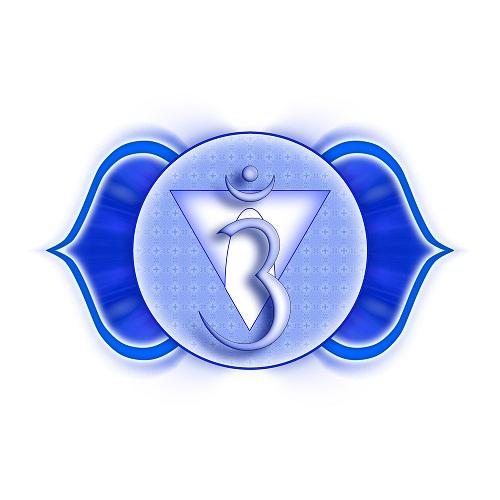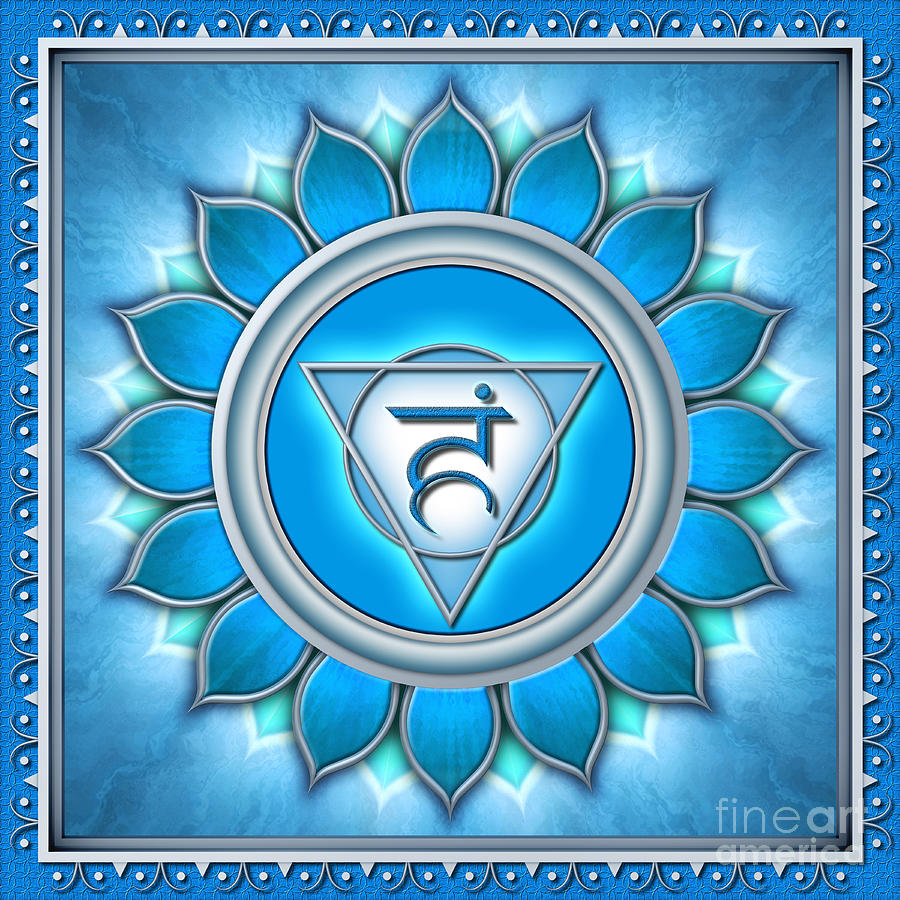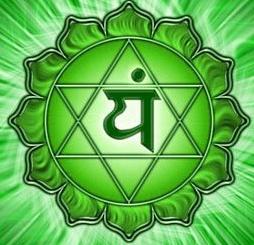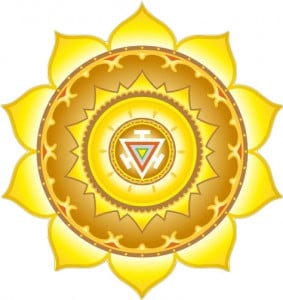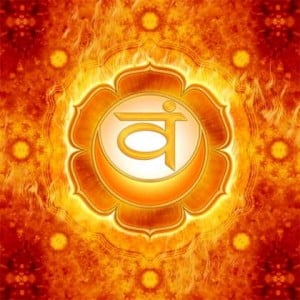Hinduism 101
There is knowledge and there are lessons to be learned from every religion, even if you are not a practicing member or follower. From Hinduism, we learn about chakras, or energy nodes in the human body. There are seven chakras, each with a specific purpose and location along the base of the spine to the top of the head. The chakras are thought to be associated with emotional and physical aspects of the human body; chakras are the channels by which emotions and ideas affect your physical body and vice versa.
The Crown Chakra, or Sahasrara
- Principle: Chakra of pure consciousness and deals with ultimate reality, potential, pure awareness, and wisdom
- Symbol: Lotus flower with one thousand petals
- Location: The top of the head or the “crown”
- Body links: pineal gland, upper brain, right eye
The Brow Chakra, or Anja
- Principle: Chakra of perception, the seat of wisdom and inner guidance, and the “third eye” to guide you to your dreams
- Symbol: Lotus flower with two petals
- Location: Middle of the head behind the eyebrows
- Body links: Pituitary gland, brain, left eye, ears, nose, central nervous system
The Throat Chakra, or Vishuddha
- Principle: Communication and growth through expression, creativity, and the ability to take in information
- Symbol: Lotus flower with sixteen petals
- Location: Throat
- Body links: Thyroid gland, throat and jaw area, vocal cords, lungs
The Heart Chakra, or Anahata
- Principle: Governs the energy of love, complex emotions, compassion, tenderness, equilibrium, rejection, and well being
- Symbol: Lotus flower with twelve petals
- Location: Center of the chest
- Body links: Thymus gland, heart, lower lungs, skin, hands, circulatory system
The Solar-Plexus Chakra, or Manipura
- Principle: The power chakra, or will, the chakra where a personality is formed in order to function into the “self”
- Symbol: Lotus flower with ten petals
- Location: Halfway between the naval and rib-cage
- Body links: Pancreas, liver, digestive track, spleen, stomach, gall bladder
The Sacral Chakra, or Swadhisthana
- Principle: Issues involve emotions: relationships, emotional needs, pleasure, and on a negative side, violence, and addictions
- Symbol: Lotus flower with six petals
- Location: Four fingers above genitalia
- Body links: Gonads, prostrate, reproductive system, spleen, bladder
The Root Chakra, or Muladhara
- Principle: Brings grounding and security mentally, and physically it helps govern sexuality
- Symbol: Lotus flower with four petals
- Location: Perineum between sexual organs and anus
- Body links: Adrenal glands, kidneys, spinal column, leg bones
Combined all together, the belief of chakras holds that if all these chakras are opened positively, that is, if you are mentally and physically at ease with yourself and intake positive energy to maintain that energy, you will be at peace and a happy person. A nice metaphor is to think of a stream flowing along downwards. If some of the areas of the stream are blocked by bad things such as leaves, twigs, and rubbish (anger, self-loathing, insecurity, close-mindedness) then the stream cannot flow freely and at its true potential. But if all the rubbish was removed, the stream can naturally flow at a healthy and steady rate.
Sources: Chakra Meditation by Swami Saradananda
The Seven Chakras, www.milkandhoneyinc.com


